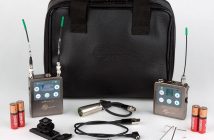
Lectrosonics L-Series Wireless Lav Microphone bundle
I would like to preface this review of Lectrosonics’ L-Series wireless lav microphone bundle by first saying that I am not a professional sound recordist and therefore not versed in the…
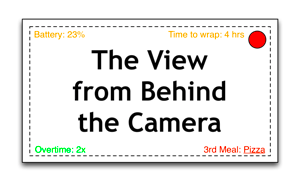
What Little I Know About Negotiating as a DP
2014 is the year I acquired an agent, and just in time: I’m awful at negotiating. I hate the process and the games. I’d rather just get on with the…

A Les Blank Film Premiere… Just 42 Years Late
The late documentary filmmaker Les Blank’s feature length bio-pic of Leon Russell, A Poem is a Naked Person, premiered Monday night at the South By SouthWest 2015 film festival in…
NAB Show Reports
More Articles & Reviews...
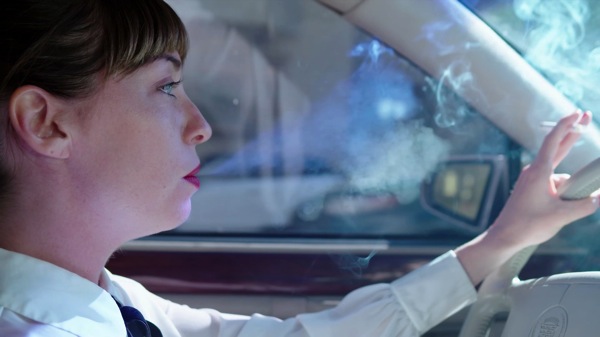
Shooting S-Log2 Without a Net
One of the greatest things about the Sony F55 is that I can shoot S-Log2 inexpensively. One of the worst things about it is that I can’t see what I’m…
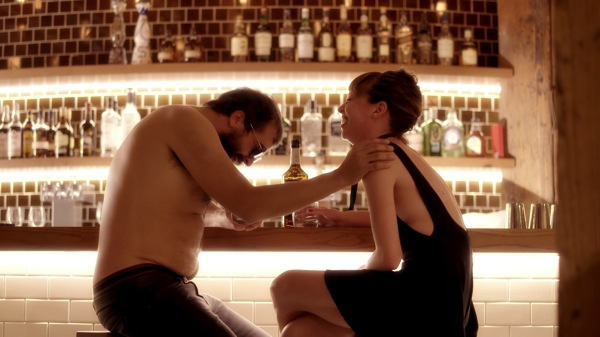
An Interior Lit with Two Lights, Part 2
In my last article I wrote about lighting a dramatic library scene using only two lights. Here’s how I lit a rich, dreamy bar scene using the same two lights.…
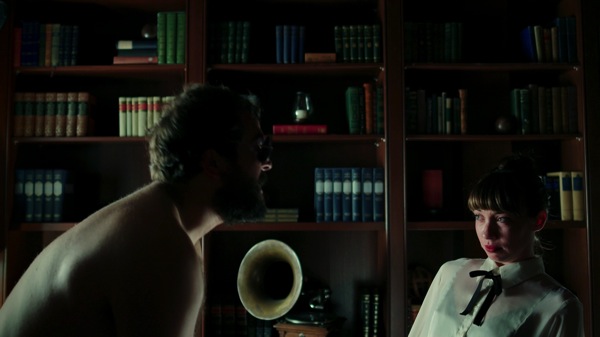
An Interior Lit with Two Lights, Part 1
Sometimes the best shoots are the ones where you just have to make do. A recent music video threw me a challenge: do the best you can with two lights.…
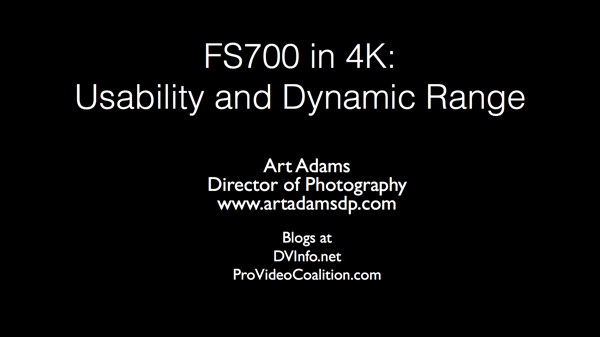
FS700: The 4K Story from My Perspective
There are 28 things an assistant is supposed to do to this camera before every take. In practice there are really about ten that absolutely need to be done every single time, but miss one and you’ve killed a shot… or maybe a series of shots on the same roll of film. In spite of this some of the greatest movies in history were shot on the Bell & Howell 2709 by cinematographers and their crews who knew the camera’s limitations and worked within them… and every once in a while found ways to push themselves a little further. In this sense the FS700 is equally capable: if you know what it can do and use it for what it’s good for, you’ll make some amazing images. The trick is know where you can’t cut corners.

Review: Miller Solo Tripod and Compass 15 Head
When choosing a tripod the range of models available is confusing and baffling. There are so many different tripod weights, payloads and heights to choose from, so it can be difficult. Also while there is such a thing as a good all round tripod (as we shall se in a bit) there is also no such thing as one tripod that will be perfect for every shoot. The most important thing to consider when choosing a tripod is the payload that it will need to carry. This is the total weight of the camera, lens, batteries as well as any support equipment like rods and rails or monitors attached to the camera. Don’t underestimate how heavy this lot can get. You will want a tripod that can comfortably carry the payload you have, you never want to be right on the upper limit.
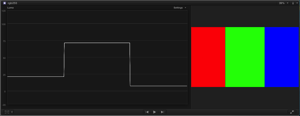
Know Your WaveForm! RGB vs. Luma in the Field
Proper exposure in HD is not always easy. Meter readings don’t always match what the camera sees. Zebras tell us where highlights are clipped but that’s about it. False color gives us broad stroke references… but the most useful tool overall is the waveform monitor. The problem is that there are two kinds: both are extremely useful, but for completely different things.
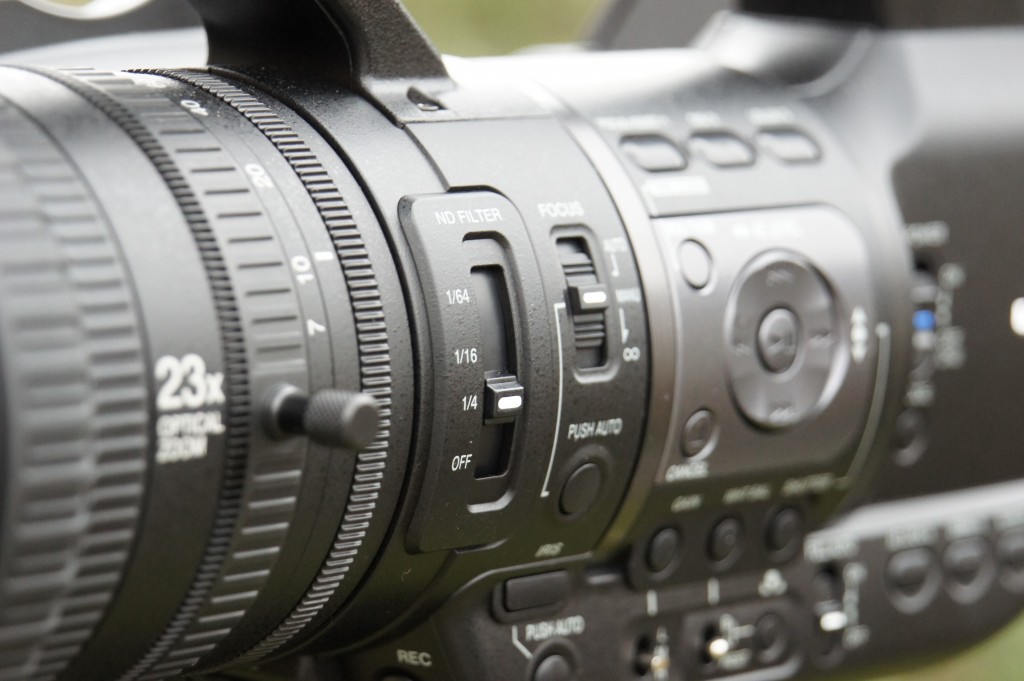
Review: JVC GY-HM650, the Camcorder for News and Journalism?
The HM650 really is a very clever camera, packed full of features that make it a great choice for news shooters. It has multiple codec and recording options, great for when you need to pool or share media. It has WiFi and 3G/4G connectivity via a USB host port where you can add wireless dongle. Brilliant for uploading material via ftp or (via a future firmware update) streaming your footage live. It has a 23x zoom lens, so it offers both a wide angle field of view for press conferences, color shots and GV’s as well as a long telephoto range for capturing those distant stories behind the police lines or security barriers.
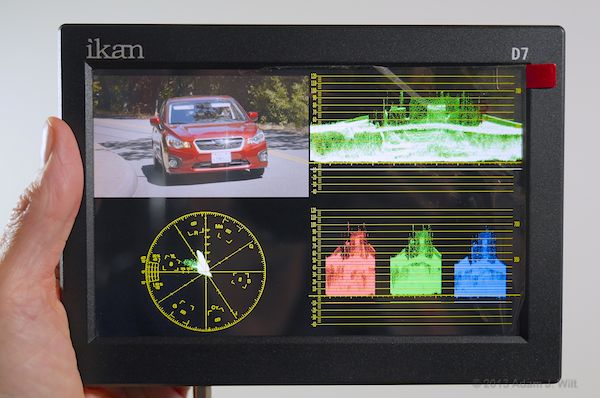
Quick Look: Ikan D7w portable display with waveform monitoring
Ikan’s D7w is a 7” field monitor with SDI and HDMI inputs, 1080p compatibility, and a variety of useful display modes: false color, clipping guide, pixel-for-pixel mode, focus peaking, waveform monitor (WFM), RGB parade, vectorscope, and more. At a mere $1300, it looks like an incredible bargain. Is it? I took the plunge; here‘s what I found. Ikan showed an interesting lineup of affordable, good-looking monitors at NAB 2013. At Cine Gear Expo LA 2013 in early June, they were offering several of those monitors at show-special prices. I took a punt on a D7w, which had been enticing me since NAB: I’m in need of a decent set of engineering ‘scopes for HD work, and the D7w looked like a great way to get ‘em on the cheap.
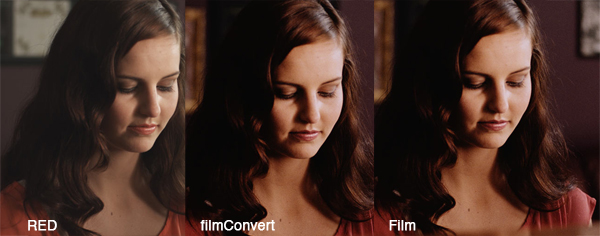
Why Make Video Look Like Film? An Inside Look…
When Rubber Monkey Software of New Zealand asked me to review their filmConvert software, it occurred to me that this was an opportunity to ask some deeper questions about film stock emulation products that never seem to get asked: not just “how,” but “why?” Rubber Monkey software is based in New Zealand. Lance Lones, one of their principals who has a strong background in visual effects as well as color technology, took a lot of time to answer my emailed questions in great detail, for which I am truly thankful. My questions are in bold, followed by Lance’s responses.

Three Types of ShowReels and How to Make Them
Demo reels are tough, especially when you’re first starting out. Here’s my advice on how to get through the first few iterations. My first showreel was awful. Well, actually it…

One Set of ND Filters to Rule Them All?
One of the dirty little secrets of the film industry is that, historically, no one has made a truly neutral ND filter. In theory ND filters cut all visible light equally, but the sad reality is that they all shift color a bit. Some go a bit cool, some turn magenta… they all tend to shift in one direction or another depending on the brand. A company by the name of Mitomo claims to have made a perfectly neutral ND filter that also cuts IR on every camera made. This is a spectacular claim and I was naturally skeptical when I first heard of this product. There’s only way to find out if this is true, so read on…
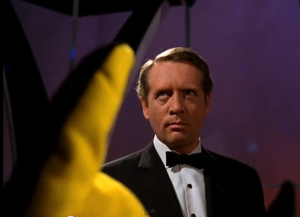
Why Style Matters
Creativity is a tremendously hard thing to quantify, and yet producers and directors want to know what they’re getting before they buy it. They want to see that a DP can do one or two things really well, and then they feel confident that a DP they haven’t worked with before can definitely deliver. That’s why tabletop DPs get stuck doing lots of tabletop, or visual effects DPs shoot lots of green screen and background plates: they can show that they do that really well, so that’s what they’ll be hired to do.
